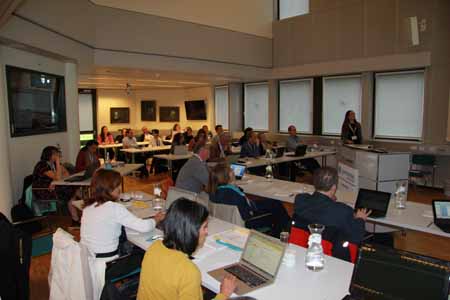Background
Antimicrobial peptides (e.g. Synthetic Antimicrobial and Antibiofilm Peptides, SAAP) as well as their combinations with metal ion systems have emerged as a promising alternative for the treatment of various infections exhibiting fast and broad-spectrum action and precluded resistance development. AMPs can display direct antimicrobial effects, immune-modulating and anti-inflammatory properties, as well as prevention and breakdown of biofilms. Despite this, to date no product based on AMPs has reached the market . In addition, nature offers interesting opportunities in AAC design. For example, the pharmacological potential of natural plants has been explored only to a very limited extent, despite long use for traditional use in indigenous medicines. All these AACs have not yet benefited from their combination with smart/responsive delivery systems.
The following Challenges have been identified (selected)
- overcoming stability of peptides and other labile AACs, both in formulations and after administration, by novel formulation strategies and advanced delivery technologies;
- designing nanostructured materials in a size range that enables transport across physiological barriers, ease of engineering and functionalization, combined with approaches to control the release (WG1);
- combination surfaces releasing antimicrobial metal ion compounds and antibiotics or AMPs to exploit (synergistic) application;
- combination of therapy and diagnostics with addressable nanoparticle-based antimicrobial systems for drug release at the site of action and in a dose-on-demand set-up, and potentially also theragnostic monitoring of treatment outcome.

